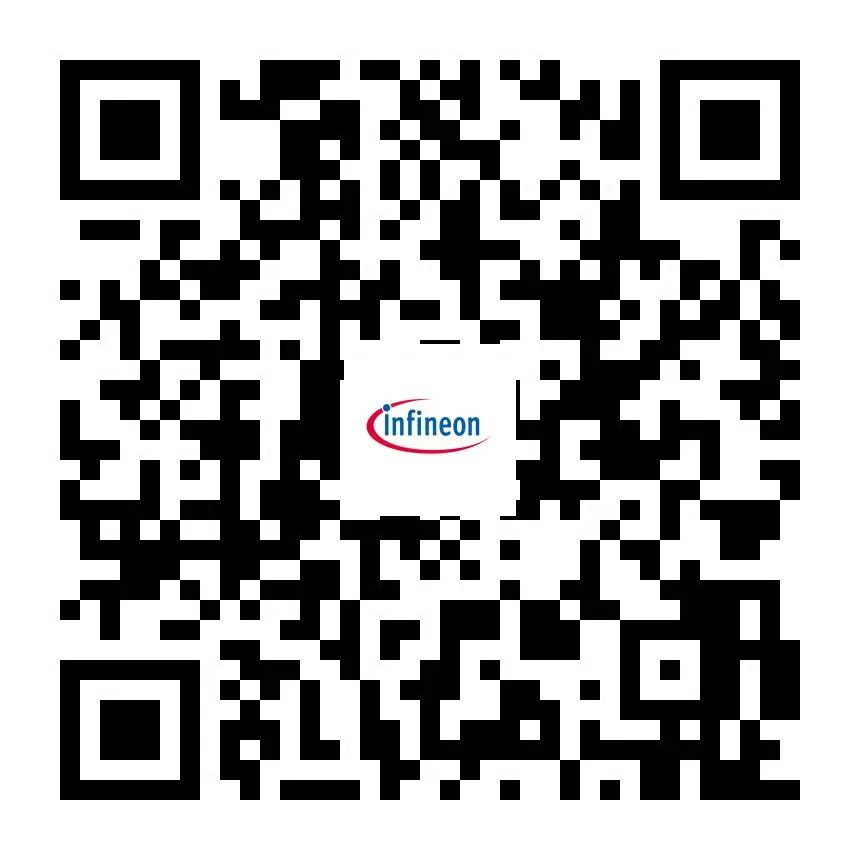Why Is Bluetooth® Low Energy Long-Distance Connection So Important?
Today, the number of Bluetooth devices and applications is continuously increasing. Applications such as warehouse asset tracking, smart home devices, livestock tracking, and remote control devices all require long-distance connection capabilities in terms of functional needs and user experience. As Bluetooth devices become more numerous, we need a solution that can keep all devices connected despite interference from other Wi-Fi and Bluetooth applications in the 2.4 GHz band.
Infineon’s CYW20829 chip features a high level of connection distance, with a maximum link budget of up to 116 dB, and powerful IP that incorporates multiple generations of development achievements, addressing the issues of short Bluetooth connection distances and environmental noise.
One scenario I often encounter in daily life is misplacing my keys, sometimes taking hours to find them. I have previously tried using various Bluetooth trackers to keep track of my keys, but those products only had coverage limited to my home. Recently, I used the Infineon CYW20829 chip to solve this small annoyance. The chip achieves Bluetooth low energy long-distance connection functionality through encoding the PHY layer, and its exceptional RF performance can address the short connection distance issue while supporting stable connections under a larger link budget, solving the problem I faced.
In this article, we will explore how to achieve a connection distance of over 2300 meters using the AIROC™ CYW20829 Bluetooth® LE chip and the low energy long-distance encoded PHY layer technology.
Solution
Noise refers to any interfering RF energy in the RF environment, and the signal-to-noise ratio (SNR) is the ratio of the desired signal to the interfering noise. A high signal-to-noise ratio is ideal. The SNR of Infineon’s CYW20829 chip is classified as S-level, with an output power of approximately 10 dBm signal strength and a low sensitivity of around -106 dBm. By reducing noise in real-world environments and considering the radiation pattern of the CYW920829M2EVK-02, Infineon maximized the system’s SNR to achieve a connection distance of 2300 meters.
By using the CYW20829 chip configured with the S8 encoded PHY layer, I can track my keys over a larger range.
Noise Environment
In long-distance testing environments, noise and interference are the primary reasons for short connection distances. In real-world environments, increased noise means that your Bluetooth device may disconnect at a range far shorter than the advertised distance. To improve the signal-to-noise ratio, we must reduce noise and interference during testing.
We conducted a test on a crowded beach, where everyone carried multiple devices operating in the 2.4 GHz band, such as smartphones, smartwatches, and wireless headphones. To minimize interference, we conducted the test in the morning to avoid the crowd as much as possible. When we had to get close to the crowd, we would navigate around it to minimize noise impact.
In addition to avoiding crowds, we always ensured that there was a line-of-sight (LoS) connection between peripheral devices and the central device. Just as walls in a building can limit Bluetooth connection distances, other structures (such as beach umbrellas or lifeguard towers) can cause multipath propagation and may absorb RF energy. Multipath propagation occurs when radio signals travel between two antennas via multiple paths. It is an undesirable situation because it causes interference and distortion of the desired signal. In real-world environments, the LoS connection between devices may not always be reliable; however, even in noisy environments, our CYW20829 chip can perform well.
We actively monitored the received signal strength indicator (RSSI) of the receiver and adjusted our position along the beach during the test to ensure that the RSSI remained above the maximum sensitivity of the S8 encoded PHY layer.
The CYW20829 chip uses an internal power amplifier to achieve a maximum output power of 10 dBm, and the encoded PHY layer supports us in increasing the maximum sensitivity of the CYW20829 chip to -106 dBm. Link budget refers to the absolute sum of all gains and losses in an RF system, expressed in decibels. In an ideal environment, our maximum link budget is |10 dBm| output power + |-106 dBm| sensitivity = 116 dB.
Radiation Pattern
Antenna directivity is a measure of how much radiated energy is directed toward a specific direction, while antenna gain refers to the directivity and efficiency of the antenna. Antennas do not radiate the same power in all directions.
As shown in Figure 1, we measured the antenna gain of the CYW920829M2EVK-02 kit and determined the direction in which the kit radiates the most intensity. Different Bluetooth antennas have different optimal radiation directions, which affects our choice of orientation when testing low power long-distance performance. Since the directivity of the antenna during transmission is the same as during reception, taking into account the maximum gain of the antenna, we placed the two evaluation boards facing each other.
Our kit can be considered a “directional” antenna, as the radiation pattern is strongest in a specific angular direction.
We positioned the evaluation boards facing each other, as shown in Figure 2.

Figure 1: CYW920829M2EVK-02 Radiation Pattern

Figure 2: CYW920829M2EVK-02 Evaluation Board Setup
Next, we will upgrade this solution again to achieve even longer Bluetooth connection distances. Stay tuned for the next article in this series.
Click to read the original article to learn more about AIROC™ CYW20829 Bluetooth® LE, consult whether it is suitable for your application, or order samples immediately.
Scan the QR code to followInfineon Official WeChat

For more information about Infineon’s products and solutions, please contact the local office of Junlong Technology or leave a message directly on WeChat, or email [email protected].